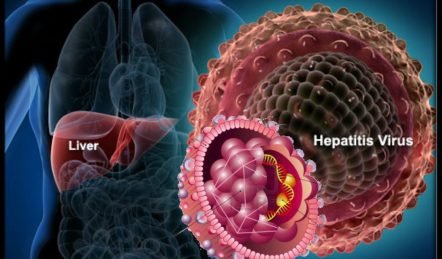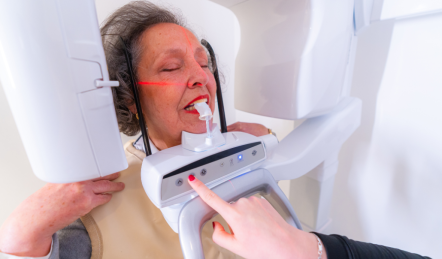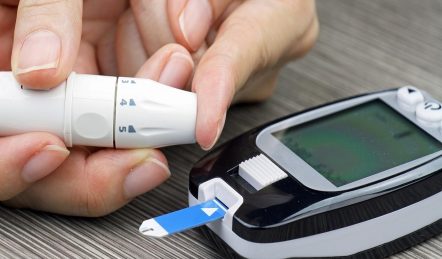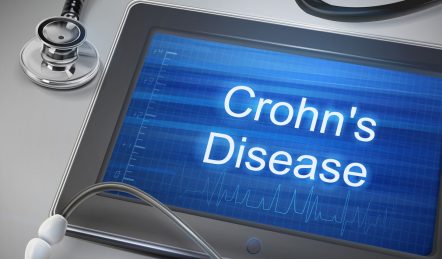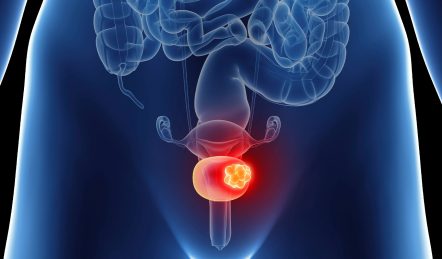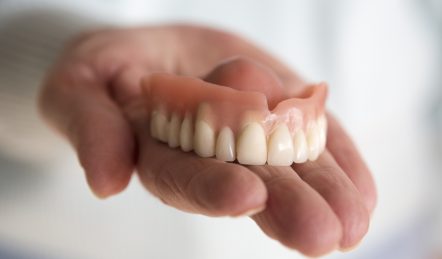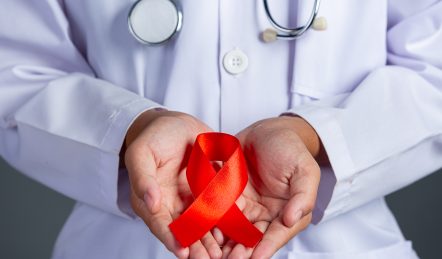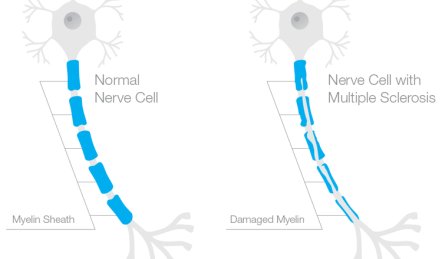Understanding Atrial Fibrillation: Treatment Options and Symptoms.

Atrial fibrillation (AFib) is a common heart condition that affects millions of people around the world. It is a type of arrhythmia, which means that the heart beats irregularly. When a person has AFib, the upper chambers of the heart (the atria) beat rapidly and irregularly, which can cause a range of symptoms and increase the risk of complications such as stroke. In this article, we will discuss the different types of atrial fibrillation treatment that are available.
- Medications One of the most common treatments for AFib is medication. There are several different types of drugs that can be used to manage the condition, including:
- Antiarrhythmic drugs: These medications can help to control the heart rate and rhythm by preventing the atria from beating too quickly or irregularly. Examples of antiarrhythmic drugs include amiodarone, flecainide, and propafenone.
- Anticoagulants: People with AFib are at increased risk of developing blood clots, which can lead to stroke. Anticoagulant medications, such as warfarin and dabigatran, can help to reduce the risk of blood clots.
- Rate-controlling drugs: These medications can help to slow down the heart rate, which can improve symptoms such as palpitations and shortness of breath. Examples of rate-controlling drugs include beta-blockers, calcium channel blockers, and digoxin.
- Cardioversion Cardioversion is a procedure that can be used to restore a normal heart rhythm in people with AFib. It involves using electrical shocks or medication to reset the heart’s electrical system. There are two types of cardioversion:
- Electrical cardioversion: This involves using a device called a defibrillator to deliver an electrical shock to the heart. The shock is timed to occur during a specific phase of the heartbeat in order to restore a normal rhythm.
- Pharmacologic cardioversion: This involves using medication to restore a normal heart rhythm. The medication is usually administered through an intravenous (IV) line.
- Catheter ablation Catheter ablation is a minimally invasive procedure that can be used to treat AFib. It involves inserting a thin, flexible tube (catheter) into a blood vessel in the groin or arm and threading it up to the heart. Once the catheter is in place, radiofrequency energy or freezing energy is used to destroy the small areas of heart tissue that are causing the irregular heartbeat. This can help to restore a normal heart rhythm.
- Surgery In some cases, surgery may be necessary to treat AFib. There are several different types of surgery that can be used, including:
- Maze procedure: This involves creating a pattern of scar tissue in the heart using either a surgical knife or radiofrequency energy. The scar tissue disrupts the electrical signals that cause AFib, which can help to restore a normal rhythm.
- Atrioventricular node ablation: This involves destroying a small area of tissue in the heart that is responsible for conducting electrical signals between the atria and the ventricles. Once this tissue is destroyed, an artificial pacemaker is implanted to help regulate the heart rate.
- Lifestyle changes In addition to medical treatments, there are several lifestyle changes that can help to manage AFib. These include:
- Quitting smoking: Smoking can increase the risk of developing AFib and other heart conditions. Quitting smoking can help to improve overall heart health.
- Maintaining a healthy weight: Being overweight or obese can increase the risk of developing AFib. Maintaining a healthy weight through diet and exercise can help to reduce this risk.
- Managing stress: Stress can trigger AFib episodes in some people. Finding ways to manage stress.

Atrial fibrillation, also known as AFib, is a common heart condition characterized by an irregular heartbeat or arrhythmia. In atrial fibrillation, the heart’s upper chambers (the atria) beat irregularly, which can cause the heart to pump blood inefficiently. This can lead to a variety of symptoms, including fatigue, shortness of breath, and chest pain.
Fortunately, there are several treatment options available for atrial fibrillation that can help manage symptoms and reduce the risk of complications. Here are some of the most common treatment options:
- Medications: Several different types of medications can be used to treat atrial fibrillation. Some medications, such as beta-blockers and calcium channel blockers, can slow down the heart rate and help control symptoms. Other medications, such as anti-arrhythmic drugs, can help restore a normal heart rhythm.
- Cardioversion: Cardioversion is a procedure that uses electrical shocks or medication to restore a normal heart rhythm. There are two types of cardioversion: electrical cardioversion and pharmacologic cardioversion.
- Catheter ablation: Catheter ablation is a minimally invasive procedure that involves inserting a thin tube (catheter) into a blood vessel and threading it to the heart. Once the catheter is in place, the doctor uses it to deliver heat or cold energy to the heart tissue, which destroys the areas that are causing the irregular heartbeat.
- Surgery: In rare cases, surgery may be necessary to treat atrial fibrillation. One type of surgery, called the Maze procedure, involves creating a series of small incisions in the heart tissue to create a pattern that helps guide the electrical signals in the heart.
- Lifestyle changes: In addition to medical treatment, lifestyle changes can also help manage atrial fibrillation. This may include quitting smoking, reducing alcohol consumption, and maintaining a healthy weight.
It’s important to note that the treatment approach for atrial fibrillation will depend on a variety of factors, including the severity of the condition, the patient’s overall health, and their individual needs and preferences. Therefore, it’s essential to work closely with a healthcare provider to develop a personalized treatment plan.
In addition to treatment, it’s also important to be aware of the symptoms of atrial fibrillation. Some common symptoms include:
- Irregular heartbeat
- Rapid or pounding heartbeat
- Fatigue or weakness
- Shortness of breath
- Chest pain or discomfort
- Dizziness or lightheadedness
- Fainting or near-fainting
If you experience any of these symptoms, it’s important to talk to a healthcare provider. Early detection and treatment can help prevent complications and improve outcomes.
In conclusion, atrial fibrillation is a common heart condition that can be effectively managed with a variety of treatment options, including medications, cardioversion, catheter ablation, surgery, and lifestyle changes. It’s important to work closely with a healthcare provider to develop a personalized treatment plan and be aware of the symptoms of atrial fibrillation. With proper management, individuals with atrial fibrillation can lead healthy and fulfilling lives.



